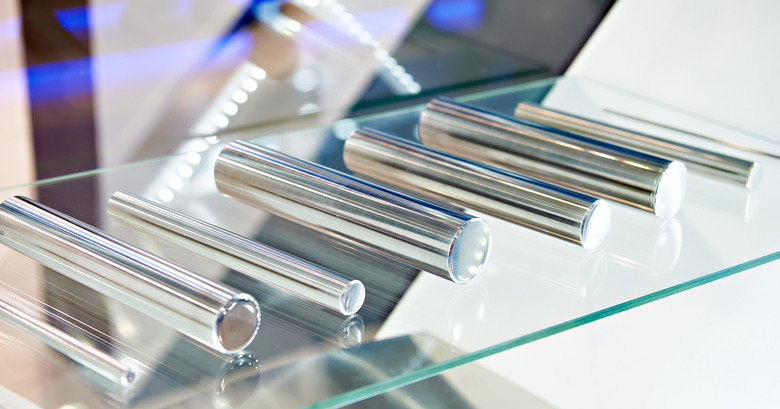Researchers Were Shocked When Cracked Metal Healed Itself In An Experiment
During an experiment, scientists were baffled to learn about the self-healing properties of metal. If they can learn to control and understand the process, then it could be the foundation of an entirely new era of engineering opportunities, the researchers say.
The experiment in question was designed to test the resiliency of metal by pulling its ends 200 times every second. The process was done using a specialized transmission electron microscope. The metal used was a 40-nanometer-thick piece of platinum suspended in a vacuum chamber. They found that when left within the vacuum, it could actually heal the cracks made within the metal.
The cracks they watched heal are what we typically refer to as fatigue damage. This is repeated stress and motion that creates microscopic breaks in the metal. This typically leads to metal machines and structures breaking down somehow. However, if the researcher figured out how the self-healing properties work, they could create a new type of metal.
While these observations continue to baffle scientists, they aren't exactly unknown to us. Back as far as 2013, we had seen possible discoveries that metal may be able to heal itself somewhat, at least from fatigue cracks like this. That said, scientists were still astounded when they made the discovery last year. In the paper they published in Nature, the researchers said that being able to figure out how the metal healed itself could revolutionize the industrial world.
Considering how much we rely on metals for different purposes, finding a way to undo fatigue damage could make machines last longer. That could make it much easier to keep things running smoothly, especially automobiles, planes, trains, and other transportation-based objects that wear down quickly because of their moving parts. However, figuring out self-healing metal is going to take some time still.
The researchers will hopefully make another breakthrough in this area within the next few years. But until they do, all we can do is speculate about how the process happens.
